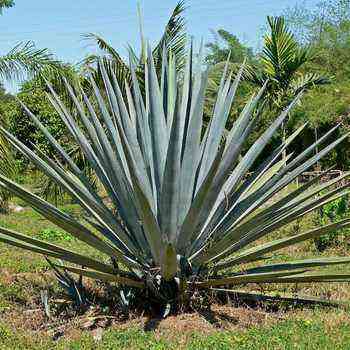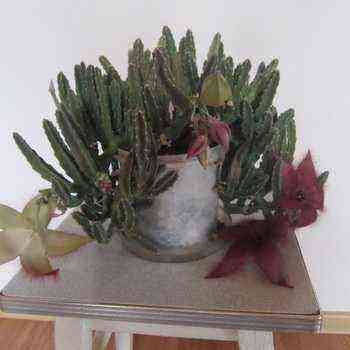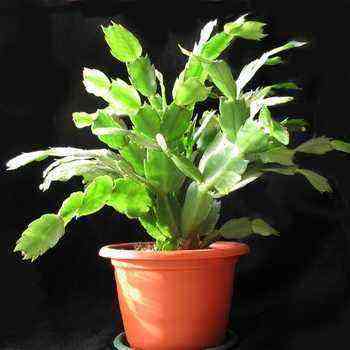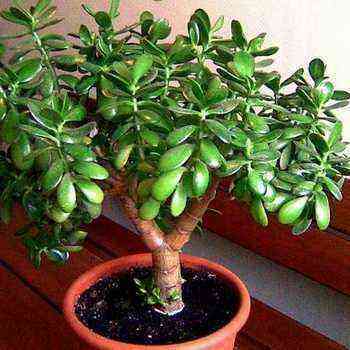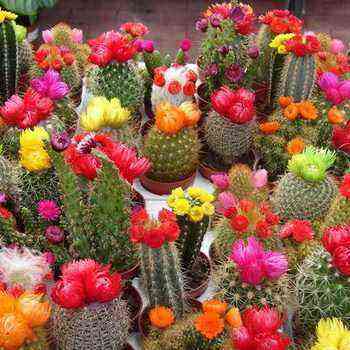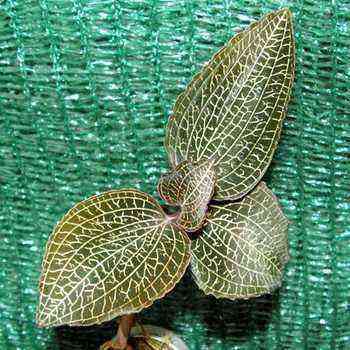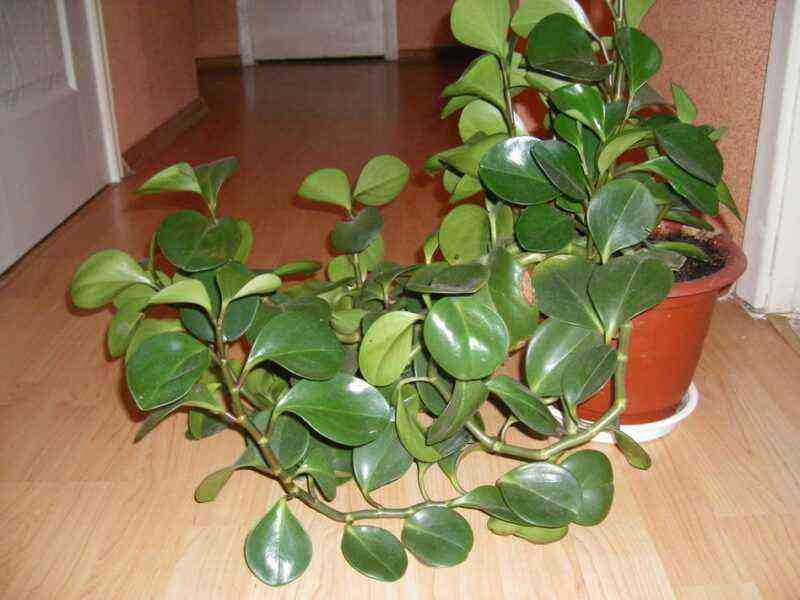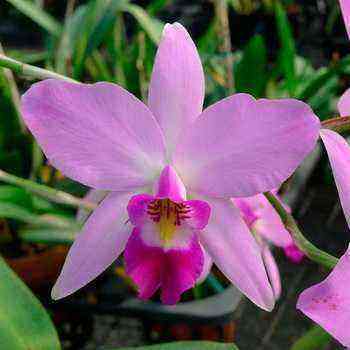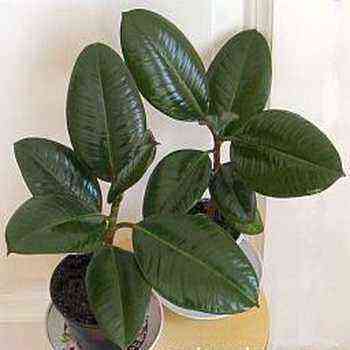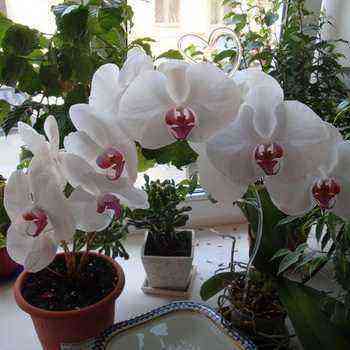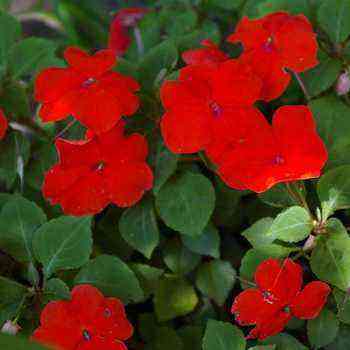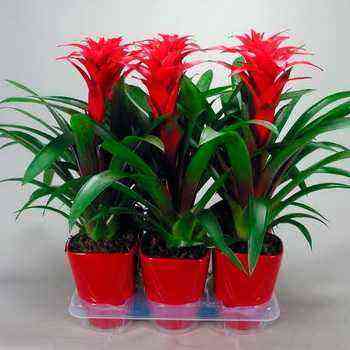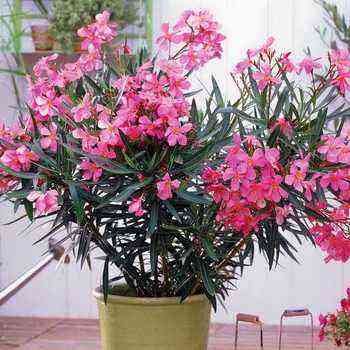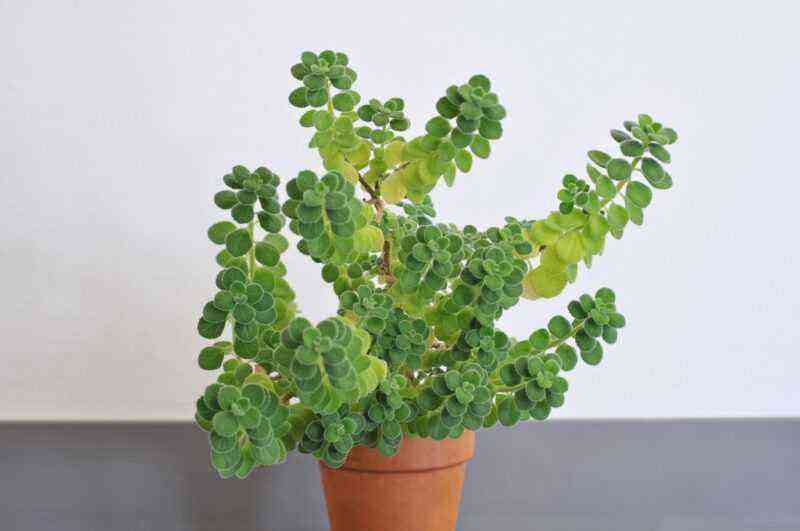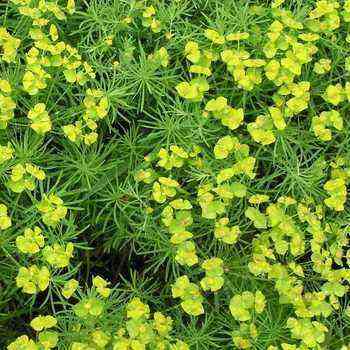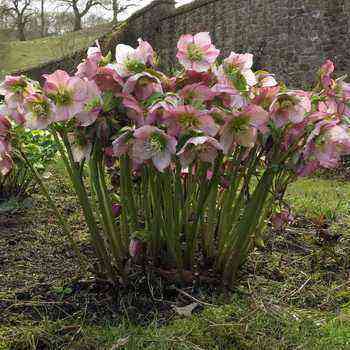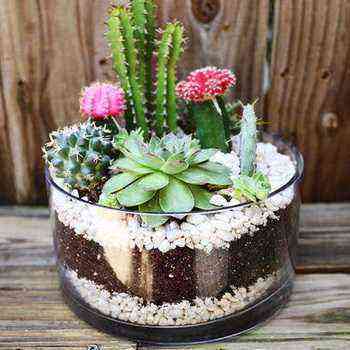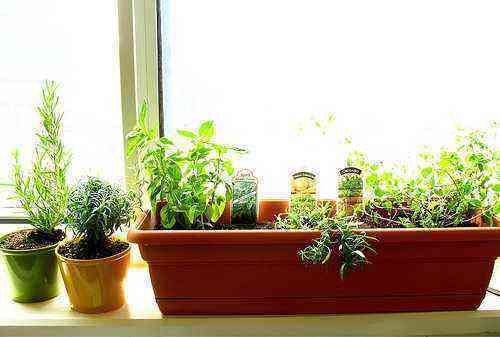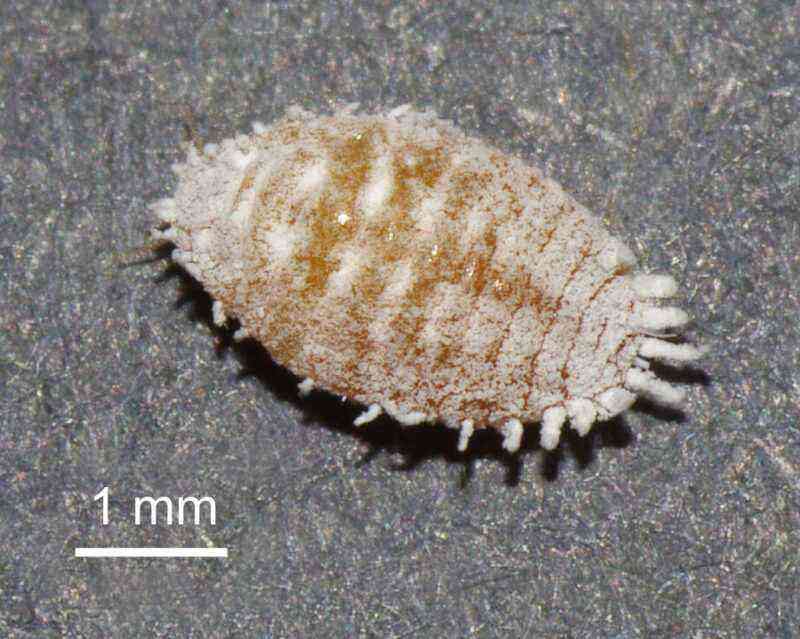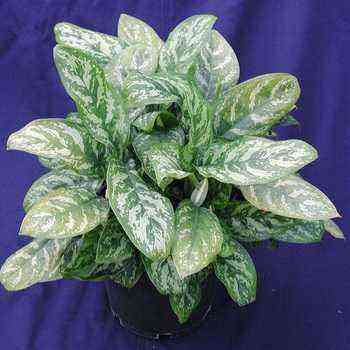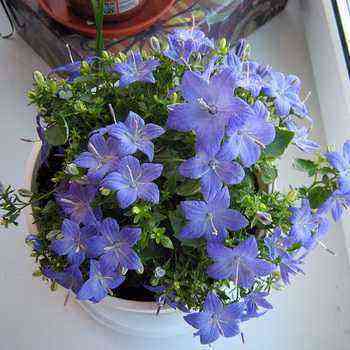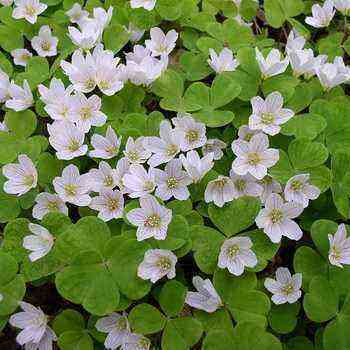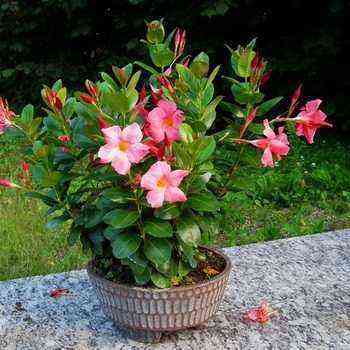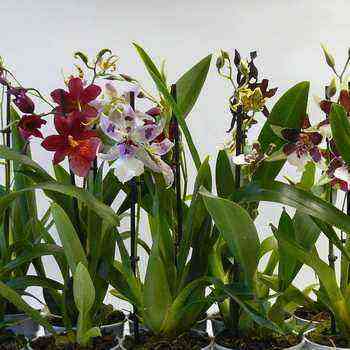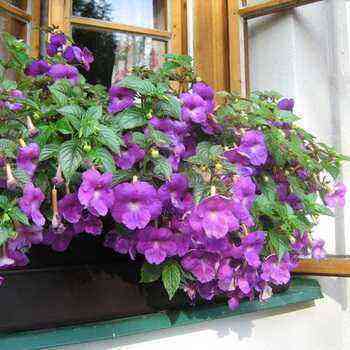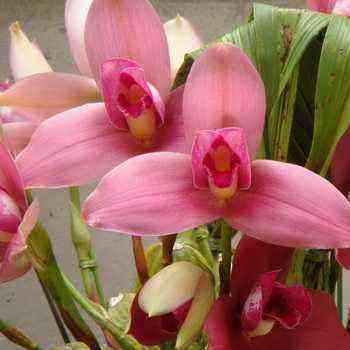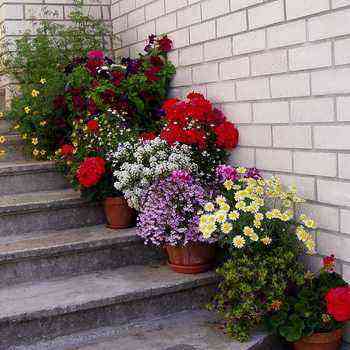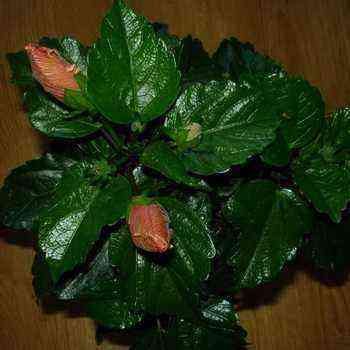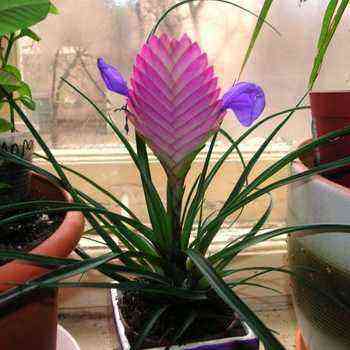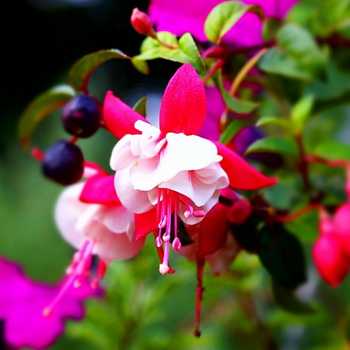 People who are engaged in indoor floriculture – both professionals and amateurs – prefer to plant plants on their windowsills that are in harmony with each other, as well as suitable for the style of the interior. Some prefer cacti, others all varieties of palms, and still others pay homage to exclusively flowering plants.
People who are engaged in indoor floriculture – both professionals and amateurs – prefer to plant plants on their windowsills that are in harmony with each other, as well as suitable for the style of the interior. Some prefer cacti, others all varieties of palms, and still others pay homage to exclusively flowering plants.
But there are also those who select plants according to the shade of the inflorescences. In this article we will tell you about the red and white colors – we will give their description and recommendations for their care. You will find out which white flowers have a red border, and vice versa, which white flowers have a red center. You will also receive tips on how to reproduce red and white flowers at home.
Flower with red and white flowers – pelargonium and its varieties in the photo
Pelargoniums, often referred to as geraniums (Latin for Pelargonium), are some of the world’s most beloved houseplants. The pelargonium flower has white-red flowers, collected in bright, colorful inflorescences.
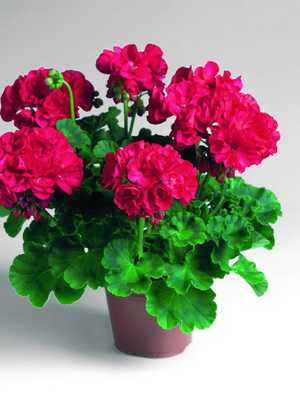
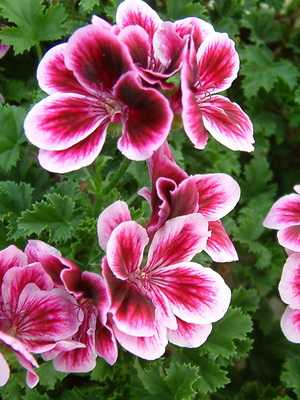
Plants are able to bloom almost all year round. Many pelargoniums are easy to grow and propagate; the finest royal pelargoniums are more difficult to grow. There are also ampel ivy pelargoniums for hanging baskets and scented pelargoniums, which are grown for their fragrant foliage, and not for the sake of small flowers.
The height of most varieties of garden pelargonium, or zonal (Pelargonium hortorum) 30-60 cm. Buy plants that have many buds, not open flowers.

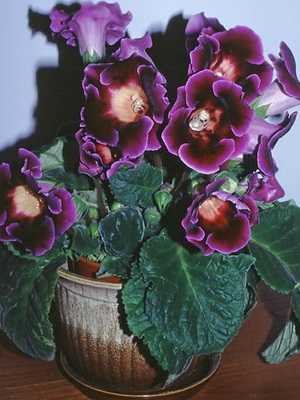
Many varieties (eg Mrs Henry Cox and Mrs Pollock) have decorative leaves.
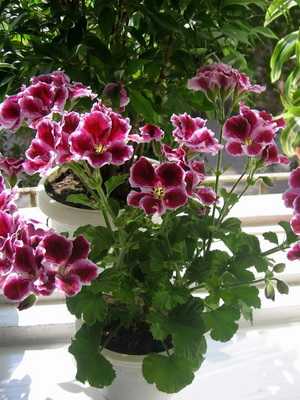
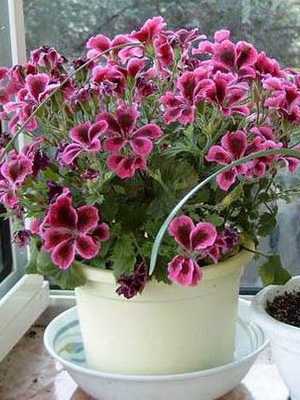
The Royal or Domestic Pelargoniums in the photo above (P. domesticum) are hybrids that bloom more effectively, but for a shorter duration.
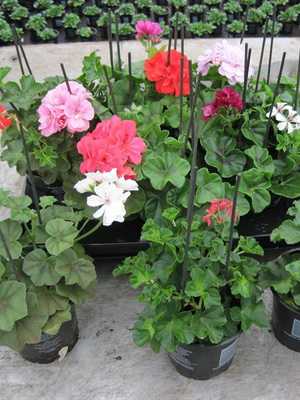
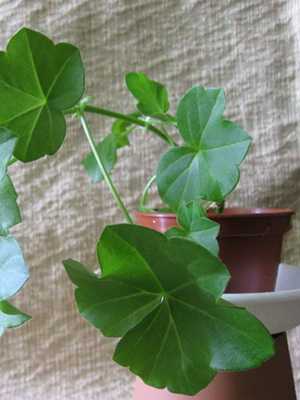
Ivy pelargoniums are varieties of P. thyroid (P.peltatum) with simple or double flowers located in small inflorescences. There are also varieties of Pelargonium with scented leaves that smell like rose, mint and lemon.
Temperature: Moderate with cool nights – minimum 7 ° C.
Shine: As much light as possible – some direct sunlight is needed.
Watering: Water well and leave until the soil is moderately dry. Avoid over-watering. Reduce watering in winter.
Air humidity: Do not spray foliage.
Transfer: Replant if necessary in the spring.
Reproduction: Stem cuttings in summer. Do not use rooting hormones or cover the cuttings.
Gloxinia: white flowers with red edging
Gloxinia (the correct Latin name for hybrid garden gloxinia is Sinningia speciosa), as a rule, is acquired in the summer already blooming. The most common white gloxinia with a red border will bloom for two months or more if you choose a plant with a lot of buds and provide it with proper care. After planting Gloxinia tubers in the spring, monitor the temperature and watering. Tubers are planted without deepening, with the notched side up.

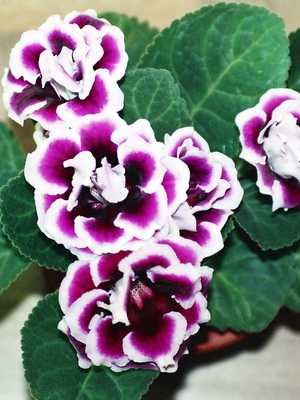
The edges of the petals of Sinningia speciosa are smooth or corrugated. There are varieties with multi-lobed (double) flowers. Brocade has relatively small leaves.
Temperature: Moderate – minimum 16 ° C.
Shine: A brightly lit area away from direct sunlight.
Watering: Keep the soil moist all the time, try to keep the water out of the leaves and flowers.
Air humidity: Place the pot on a pebble tray or cover with damp moss. Spray the air around the plant from time to time.
Post-flowering care: The pots can be left to dry and the tubers can be replanted in the spring, but this is a complicated procedure.
Reproduction: Buy new plants.
Flower red with white sparmannia (with a red center)
Sparmannia is a red and white flower that blooms in early spring if exposed to direct sunlight during the winter. In the center of the white flowers there is a red center, consisting of many villi.

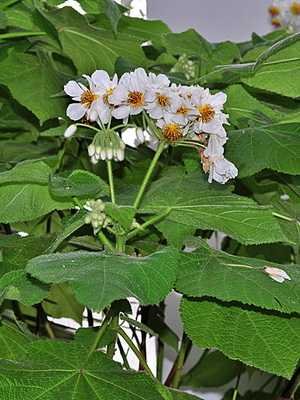
Sparmannia is growing rapidly and may need to be transplanted more than once a year. Keep growth in check by pinching the tips of the young plants.


African Sparmannia (Sparmannia africana) – a fast growing tree plant over a meter in height. Cut off wilted flowers – the plant may bloom again.
Temperature: Moderate – at least 7 ° C in winter.
Shine: Brightly lit areas, protected from direct sunlight in summer.
Watering: Keep the soil moist at all times – daily watering may be necessary in the summer. Water more sparingly in winter.
Air humidity: Spray the foliage from time to time in the summer.
Transfer: Repot in the spring annually.
Reproduction: Stem cuttings root easily in spring or summer.
Red and white spathiphyllum flower
Spathiphyllum should be protected from direct sunlight in a room that is warm enough in winter. There should be no cold drafts, and the pot is surrounded by wet peat or placed on a pebble tray. Glossy spathiphyllum leaves grow directly from compost; in spring, and sometimes in autumn, flowers appear.
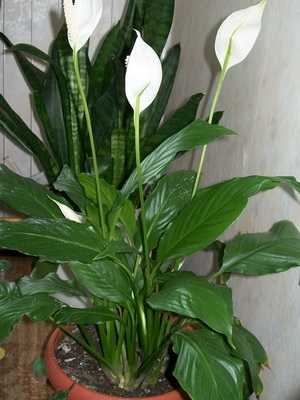

Wallis Spathiphyllum (Spathiphyllum wallisii) grows up to 30 cm in height.
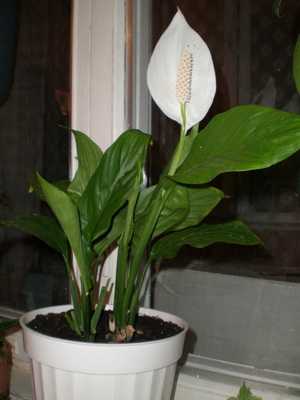
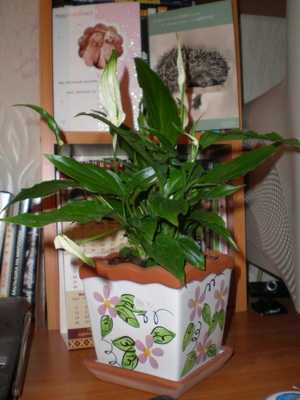
There is a dwarf variety (Petite). S. Mauna Loa is taller (60 cm) and less hardy. White covers of inflorescences turn green with age.
Temperature: Warm or moderate temperature, minimum 13 ° C in winter.
Shine: Partial shade in summer, bright light in winter. Strong sunlight can damage the leaves.
Watering: Keep the compost moist at all times – reduce watering in winter. Humidity: Spray foliage very often.
Transfer: Repot in the spring annually.
Reproduction: Division of plants during transplantation.
Flower white with red stephanotis
Stefanotis is grown as a profusely flowering houseplant. Its strong curly stems need support. It is a beautiful but difficult plant to grow – it cannot tolerate sudden changes in temperature, needs constant cool conditions in winter and attracts scale insects and mealybugs.
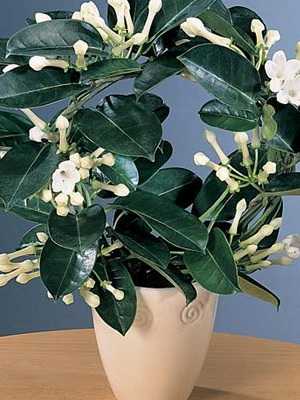
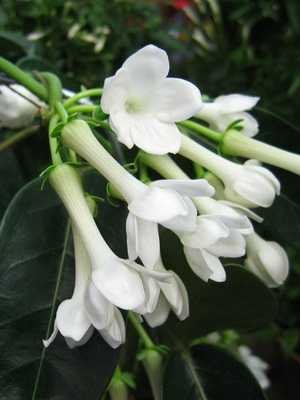
The stems of Stephanotis floribunda (Stephanotis floribunda) can reach a length of 3 m or more. Very fragrant waxy flowers, predominantly white, appear in summer. But if you purchased a white flower with a red center, you are incredibly lucky, because such stephanotis are extremely rare.
Temperature: Moderate – at least 13 ° C in winter.
Shine: Brightly lit areas, protected from direct sunlight in summer.
Watering: Keep the soil moist at all times. Water sparingly during winter.
Air humidity: Spray the foliage from time to time.
Transfer: Repot every two years in the spring.
Reproduction: Stem cuttings in summer. Use hormones for rooting and heating the substrate.


